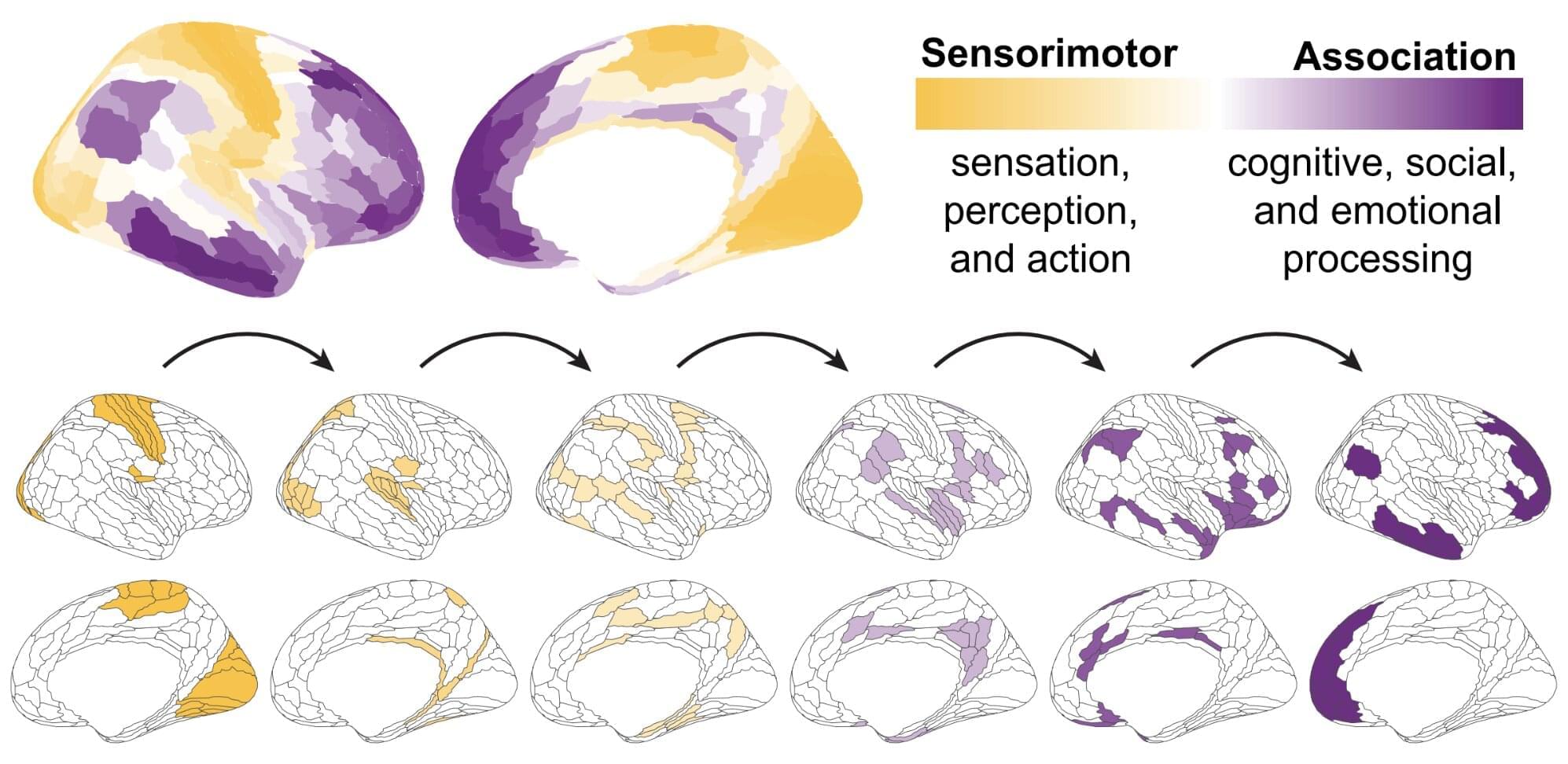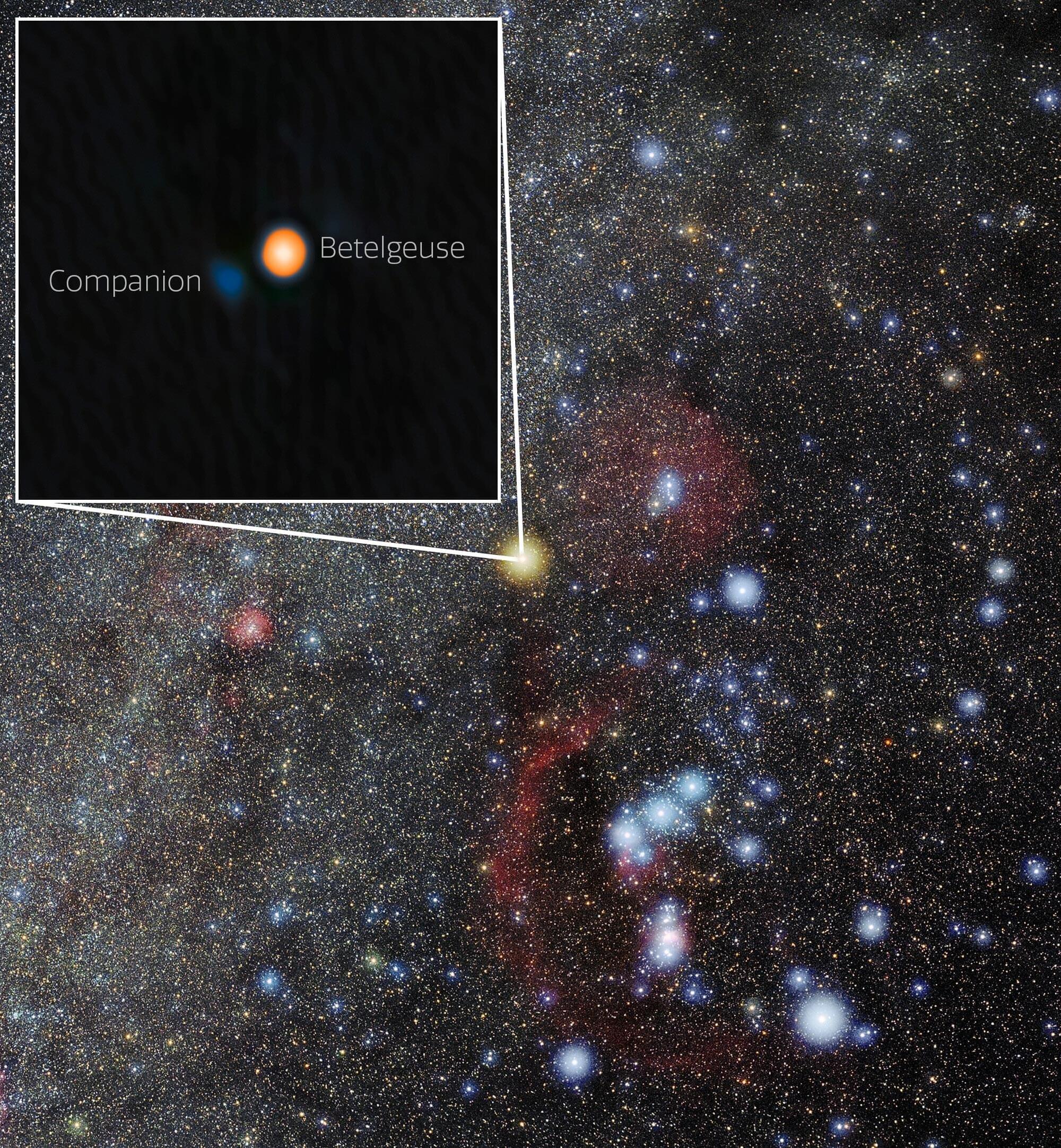The brain is known to develop gradually throughout the human lifespan, following a hierarchical pattern. First, it adapts to support basic functions, such as movement and sensory perception, then it moves onto more advanced human abilities, such as decision-making.
Researchers at the University of Pennsylvania and other institutes, led by Principal Investigator Dr. Theodore Satterthwaite, recently carried out a study aimed at better understanding how the thalamus, a structure deep within the brain known to be involved in the processing and routing of sensory information, could contribute to the brain’s development over time.
Their findings, published in Nature Neuroscience, suggest that the thalamus is more than a relay station for sensory and motor signals, and also plays a role in regulating the hierarchical pattern and timeline of brain development.






